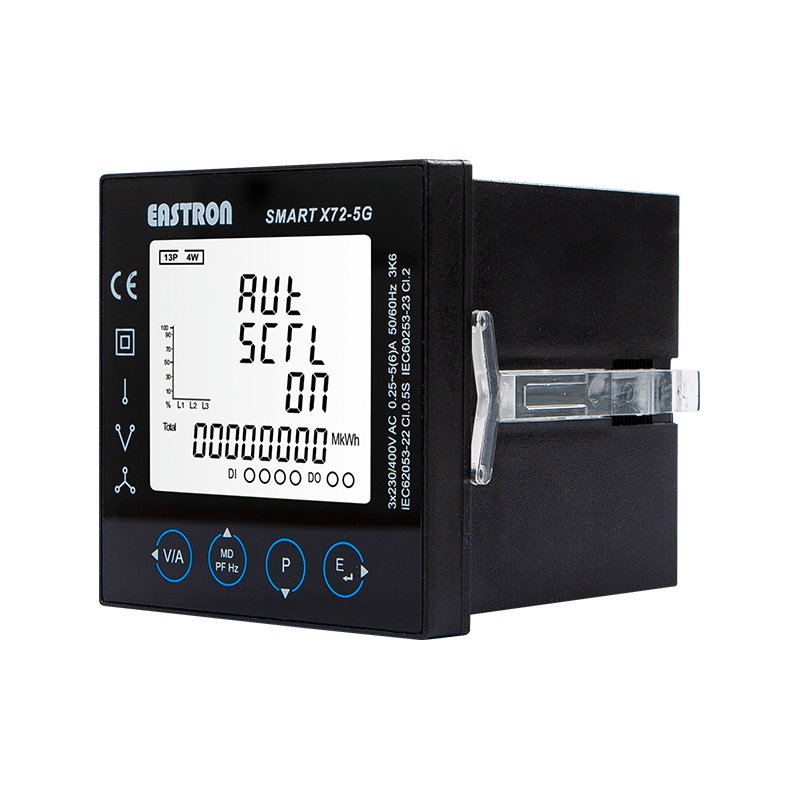Product Consultation
Your email address will not be published. Required fields are marked *
Users can configure the parameters of the power analyzer to optimize measurements by following these steps:
Select the correct measurement mode: First, according to the type of device or system under test, select the appropriate measurement mode of the power analyzer, such as power, current, voltage, power factor, etc.
Set the voltage and current ranges: Set the voltage and current ranges of the power analyzer based on the expected voltage and current ranges of the device or system under test. Make sure the range is set wide enough to cover the maximum and minimum possible values, but avoid setting it too high and reducing resolution.
Set the sampling rate and measurement time interval: According to the measurement requirements, select the appropriate sampling rate and measurement time interval. The sampling rate should be high enough to capture the details of the signal, and the measurement interval should be determined based on the length of the test and the amount of data that needs to be analyzed.
Select the appropriate synchronization source and frequency filter: For applications that require simultaneous measurements, select an appropriate synchronization source to ensure synchronization between channels. At the same time, select an appropriate frequency filter according to the frequency range of the signal to be measured to reduce noise and interference.

Calibrate and verify: After configuring the parameters, verify whether the power analyzer's readings are accurate by calibrating or comparing it with other devices. This ensures the accuracy and reliability of measurement results.
Perform advanced settings based on specific needs: Depending on specific application scenarios and needs, other advanced settings may be required, such as setting the type of power algorithm, selecting the data recording format, etc. These settings can be configured according to the power analyzer's instructions or reference documentation.
Please note that the above steps are general guidance and specific configuration methods may vary depending on different power analyzer models and measurement needs. Therefore, before configuring, it is recommended to carefully read the instructions or reference documents of the power analyzer and operate according to the actual situation.
Your email address will not be published. Required fields are marked *
We develop and produce high performance electricity meters, power analyzers, current sensors, communication modules and management systems. China Custom Smart Meters Manufacturers and Factory
Eastron China (HQ) : NO 52, Dongjin Road, Nanhu, Jiaxing, Zhejiang, China
Eastron UK : Suite 1 Cornwallis House, Howard Chase, Basildon, UK
Eastron EU : Unit 3 Finglas Business Centre, Jamestown Road, Finglas, Dublin, Ireland
Copyright @ Eastron Electronic Co., Ltd. All rights reserved Electricity Meters Manufacturers
